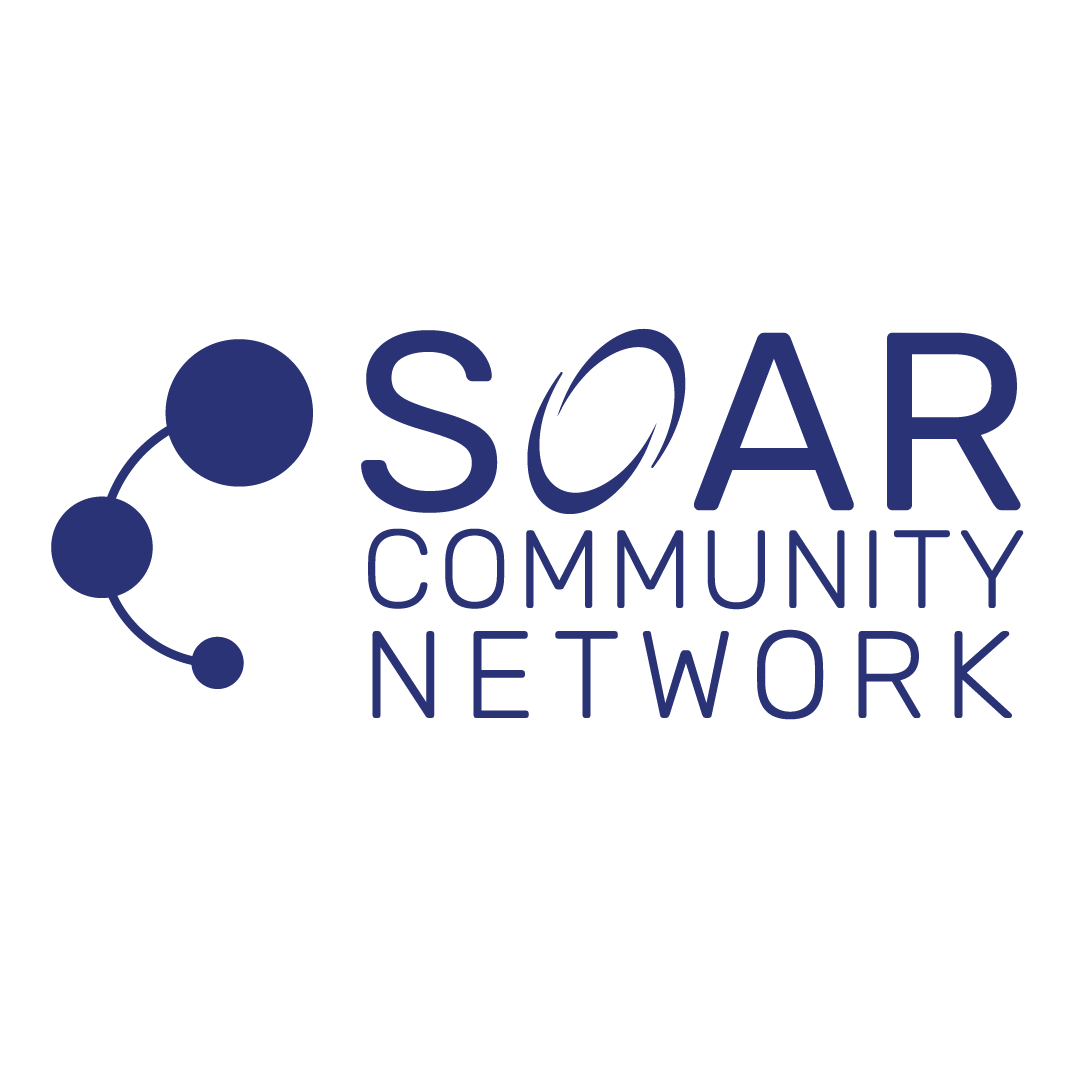Introduction
When employee engagement is low, organizations often turn to surface-level solutions like pizza parties, remote work days, or motivational talks. While these gestures may boost morale temporarily, they often miss the real issues that are affecting engagement in a lasting way.
Disengagement usually stems from deeper problems such as unclear expectations, limited growth opportunities, weak recognition practices, or strained team relationships. Without the right data, leaders are forced to guess at what will improve morale. This guesswork can lead to wasted time, misdirected energy, and ineffective interventions.
Low engagement is not just a cultural issue. It has real business consequences, affecting productivity, retention, and organizational momentum.
Solution
Lasting improvement in engagement comes from understanding what your people are truly experiencing. That means collecting honest, reliable insights and using those to take focused, strategic action.
At SOAR, we guide leaders in using tools like the PI Employee Experience Survey to:
- Discover the real causes of disengagement across areas such as role clarity, team cohesion, and leadership trust
- Create safe, anonymous channels for employees to express feedback
- Identify organizational strengths to amplify and weak spots that need attention
- Build focused action plans with clear accountability and measurable goals
- Repeat the process over time to track improvements and adjust strategies as needed
With the right tools and mindset, leaders can stop guessing and start responding in ways that build trust, commitment, and shared ownership.
Action
If your team is showing signs of disengagement or you want to proactively strengthen morale, here are some steps you can take:
- Launch a Diagnostic Engagement Survey: Use a structured tool such as the PI Employee Experience Survey to gather input from across the organization. Focus on identifying patterns that affect satisfaction, trust, and retention.
- Host a Leadership Debrief: Bring leaders together to examine the data, identify priority areas, and agree on where to focus. A shared understanding helps avoid fragmented responses and builds internal alignment.
- Create Action Plans with Clear Ownership: Choose a few high-impact focus areas and assign leaders to champion each one. Make the plans specific, visible, and time-bound to keep progress on track.
- Keep Employees Informed and Involved: Communicate what you heard and what actions you are taking. Ask for continued input and make sure employees can see their feedback is shaping real change.
- Use Engagement Insights for Ongoing Growth: Incorporate engagement themes into leadership coaching, team development, and talent planning. This turns the survey from a one-time activity into a long-term leadership tool.
Conclusion
Improving engagement starts with listening deeply, understanding clearly, and responding with purpose. When organizations move from assumptions to insight and take action with care, they build cultures where people feel valued, trusted, and ready to give their best.
This is the foundation of SOAR’s C3 Framework, which supports leaders in creating compassionate, cohesive, and collaborative workplaces.

